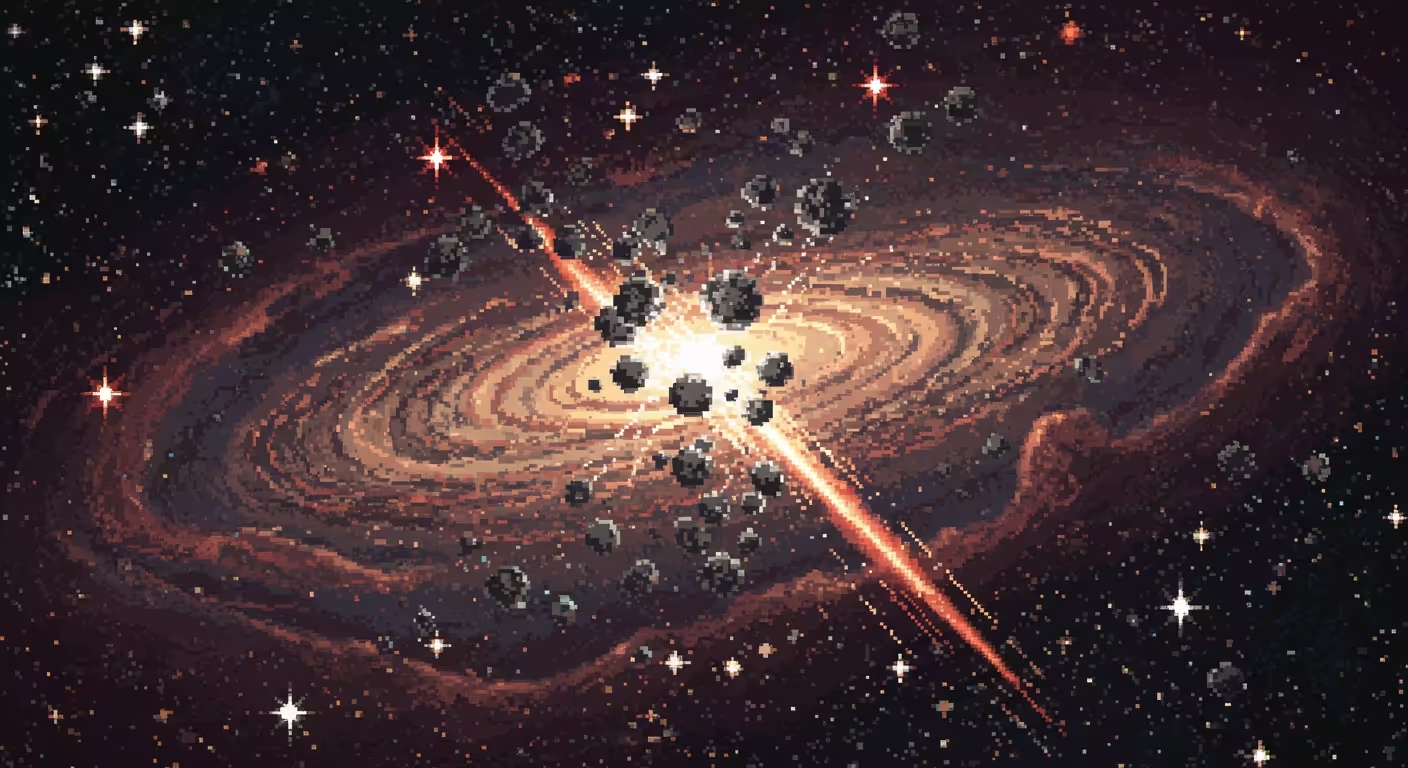- Sections
- Ruby
- Web Development
- Artificial Intelligence
- Urban Planning
- Astronomy
- Issue Navigation
- Previous Issue
- Next Issue
Wednesday, April 30, 2025
The Digital Press
All the Bits Fit to Print
Wednesday, April 30, 2025
All the Bits Fit to Print
Simulated star cluster formation reveals dense structures and kinematic diversity

Simulations reveal how dense star clusters formed during early galaxy mergers develop complex internal structures and dynamics, resembling observed globular clusters. A massive star forms at the center, likely collapsing into an intermediate-mass black hole.
Why it matters: The study explains the origins of diverse spatial and kinematic features in globular clusters observed today.
The big picture: Early star clusters form through hierarchical merging and dissipative processes, leading to high stellar densities and complex internal motions.
Stunning stat: Initial cluster half-mass radii are extremely compact, about 0.1 to 1 parsec, with masses up to 200,000 solar masses.
The stakes: Understanding these formation processes sheds light on multiple stellar populations and black hole formation inside globular clusters.